We Drove Every Current Performance Bentley W-12 to Celebrate Its End
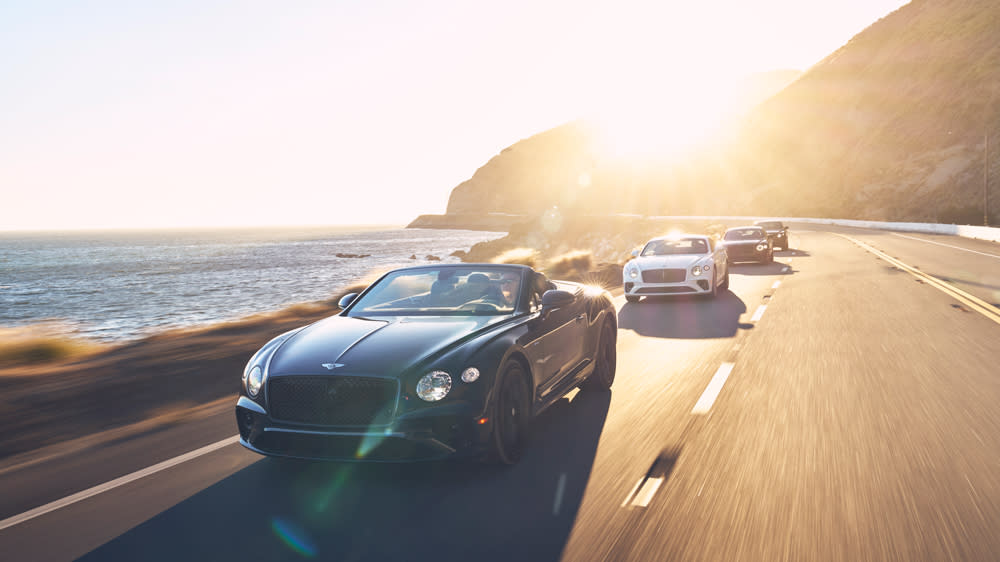
There are worse ways to spend a day than cruising through a sunny Los Angeles afternoon in a Bentley. Make it a fleet of its W-12-loaded Speed variants, and you’re reaching bucket-list levels. The deflating news that Bentley is discontinuing this always-impressive power plant only makes the enjoyment of it all the more poignant.
To celebrate the epic 20-year run of this 12-cylinder mill, Bentley organized a Poker Run Rally in the City of Angels. The rally format gets its name from the fact that every participant receives a card at each of the five stops. The one with the winning hand at the end is, well, you get the picture. (By the end, our two pairs, queen high, were topped by another team’s straight.)
More from Robb Report
All the Bentleys at This Year's Goodwood Fest Ran on Biofuel
From Bentley to Jaguar: 5 Historic British Cars Are Heading to Auction This Fall
Editor's Letter: Inside Robb Report's 35th Annual Best of the Best Issue
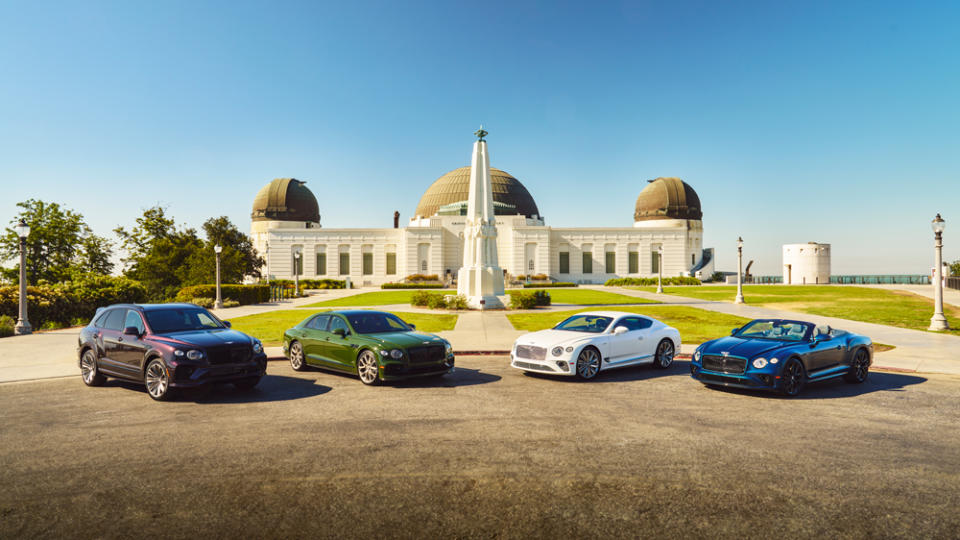
Snaking through the Malibu Canyon tunnels in the open-air Continental GTC Speed—downshifting at just the right moment to flood the passageway with goose-bump-inducing decibels— is only eclipsed by a suspension-testing slalom through Tuna Canyon in the Continental GT Speed hardtop. With serious switchbacks and very little chance for actual speed, here is where the W-12’s signature torque plateau performs best. Loads of torque from as little as 1,750 rpm (all the way to a peak at 5,500 rpm) pull us through apexes and 30-yard rips.
What Bentley aimed to illustrate with this rally exercise was how the story of the W-12 dovetails neatly with the 21st-century resurgence of the British marque, which, not coincidentally, just celebrated its most successful year of sales to date with over 15,000 examples moved.
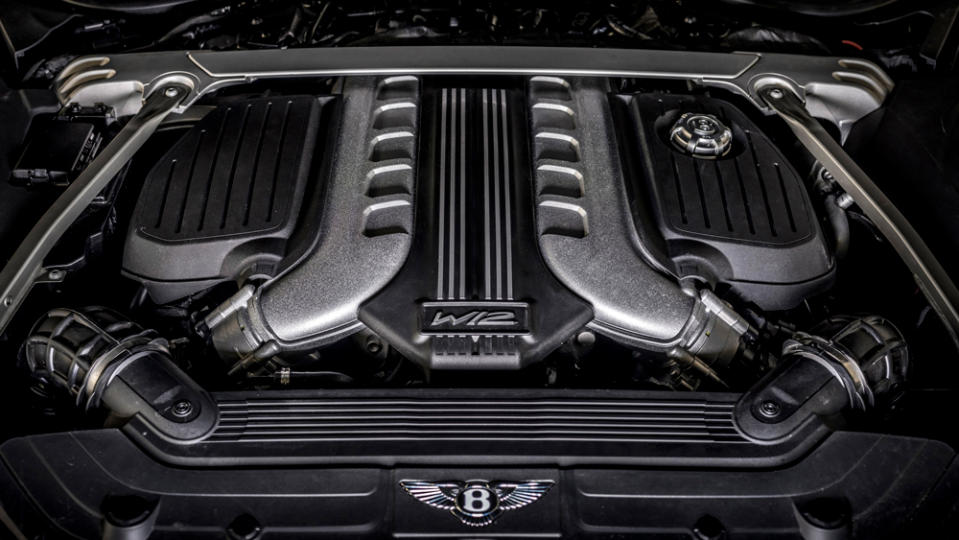
If you’re old enough, you may recall that in the latter part of last century, Bentley and Rolls-Royce were often lumped together as builders of brash and ostentatious sedans. But Bentley was born from much more performance-oriented soil. Legends like the Bentley Boys and the stunning success of their prewar Speed Six and 4.5-liter Supercharged “Blower”—the former winning the 1930 24 Hours of Le Mans, the latter finishing second in that same year’s French Grand Prix—are the foundation upon which the Flying B was built.
As the story goes, upon entering the new millennium, the brain trust at Bentley’s headquarters in Crewe, England, committed to a return to those roots, especially as makers of things that move fast. Their solution? The gorgeous Continental GT, a low-slung four-seat coupé that instantly captured the attention of supercar lovers worldwide. Launched in 2003, the Conti singlehandedly resurrected the aging marque, due largely to the W-12 it housed.
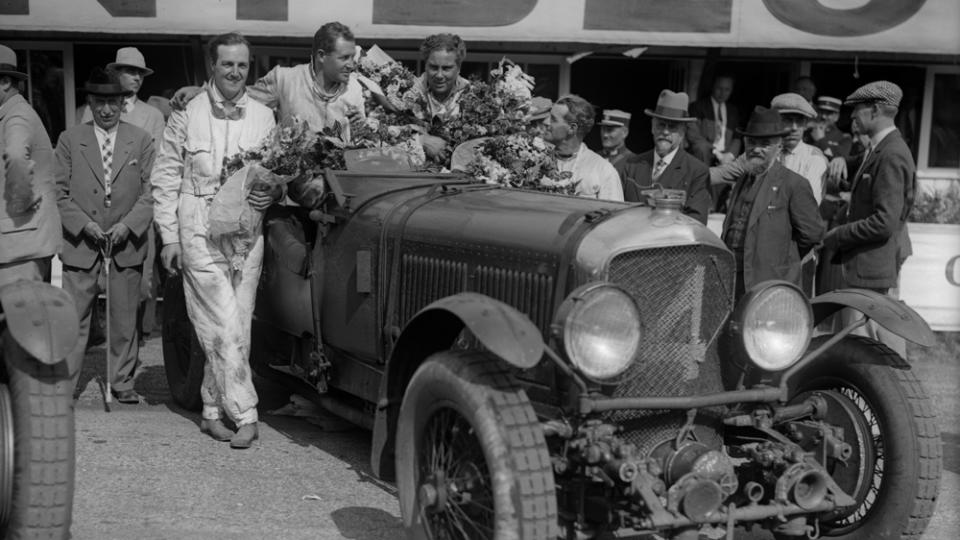
Originally used in aircraft during the 1920s and ‘30s, the W-12 has three banks of four cylinders each, built, as the name implies, in a “W” configuration. Fast-forward to the more recent past and Bentley developed its 6.0-liter version by taking parent company Volkswagen’s VR6 inline-six engine and doubling it around a common crankshaft. One advantage to doing so is that it’s 24 percent shorter than a traditional V-12, allowing the power plant to be packaged in tighter spaces.
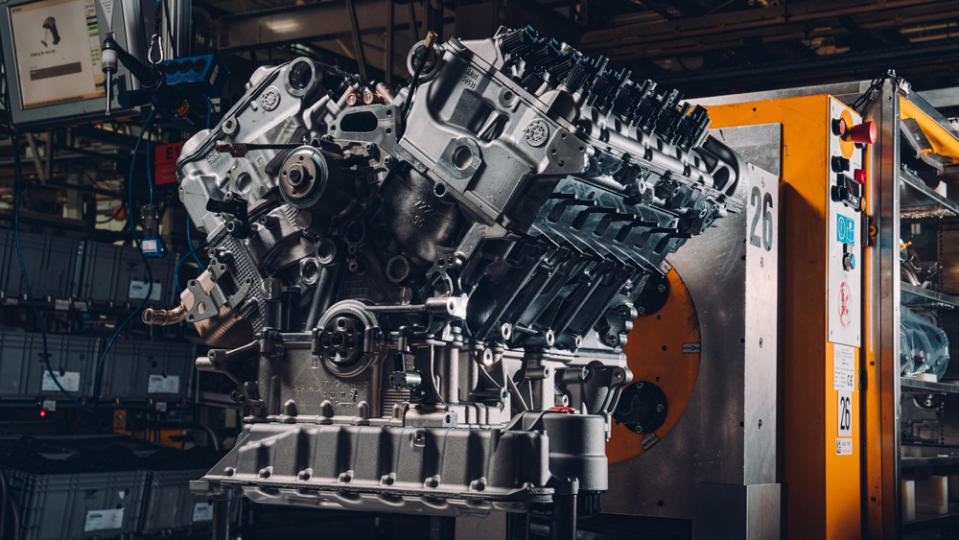
The Continental GT was such a hit that other models proliferated, each taking the same 12-cylinder configuration and implementing its wash of power for different mobility solutions. The Flying Spur as an imposing, elegant, and brutally fast executive saloon, followed by the Bentayga in 2015. For the SUV, the engine was totally redesigned, adding cylinder deactivation, direct and port injection, and, for the first time, twin-scroll turbos bolted on. This engine helped the Bentayga quickly become the best-selling Bentley ever, accounting for over 42 percent of the brand’s overall sales last year.
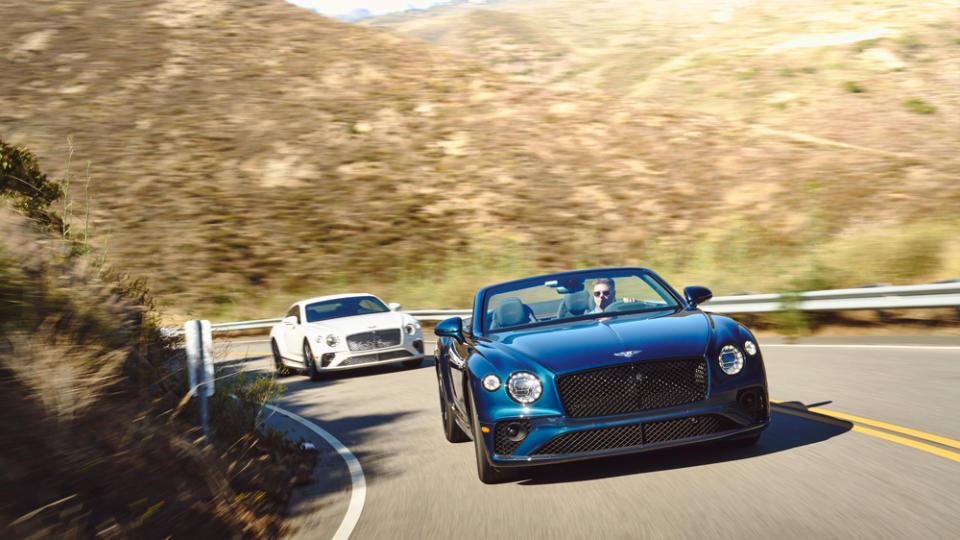
The marque’s engineers continually improved the mill over the past two decades, increasing power by more than 37 percent and torque by 54 percent, while managing to cut emissions by 25 percent. In its lifespan, over 100,000 units moved through showrooms, making it the most successful 12-cylinder engine ever designed.
Despite being so pivotal to the brand, the W-12 will have its production stopped next year as part of Bentley’s ambitious sustainability strategy dubbed Beyond100. The engine will be temporarily replaced by hybrid V-8 and V-6 power trains—already available in Flying Spur and Bentayga Hybrid models—while the marque transitions to full electrification and zero emissions by the start of the next decade.
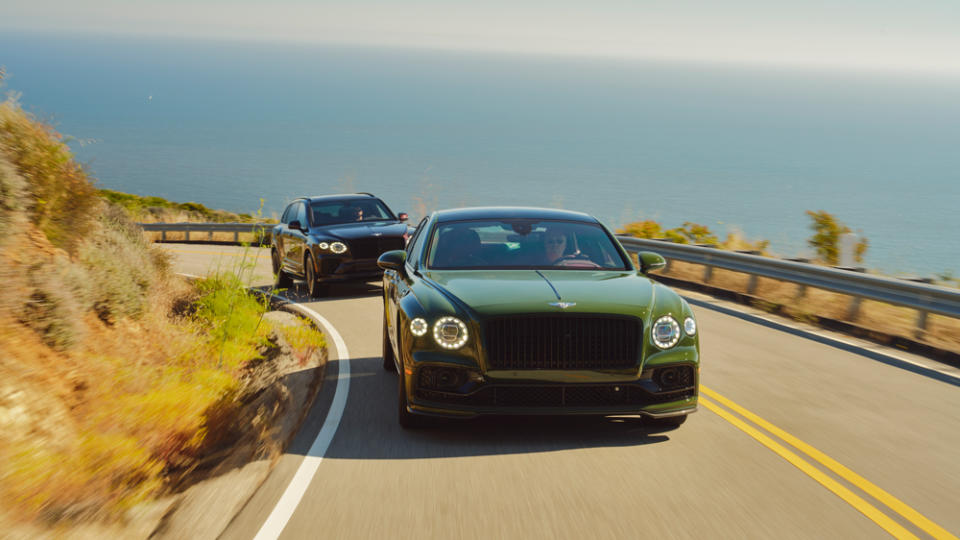
Built by hand in Crewe, each W-12 requires over six hour hours of labor and an additional hour test cycle, and Bentley promises all 30 artisans who hand-assemble and test the engine that they will be retrained to focus on the next form of propulsion.
To mark the end of this combustion icon, Bentley is commemorating it in two ways. First, it’s releasing Speed Edition 12 variants for the Bentayga, Flying Spur, Continental GT, and Continental GTC. There will be 120 examples for each model, and they will all feature exclusive “Edition 12” badging and puddle lamps, seat embroidery, and color-graduated contrast stitching with Mulliner Silver piping. They will also be given Grand Black veneer fascia and a numbered engine plaque. A grey-green-copper Opalite finish and Bentley’s Blackline specification are available as well, the latter featuring black 22-inch Speed wheels and never-before-seen silver calipers. As a final touch, every buyer will receive an aluminum cast replica of the engine block—at 15 percent scale—for display.
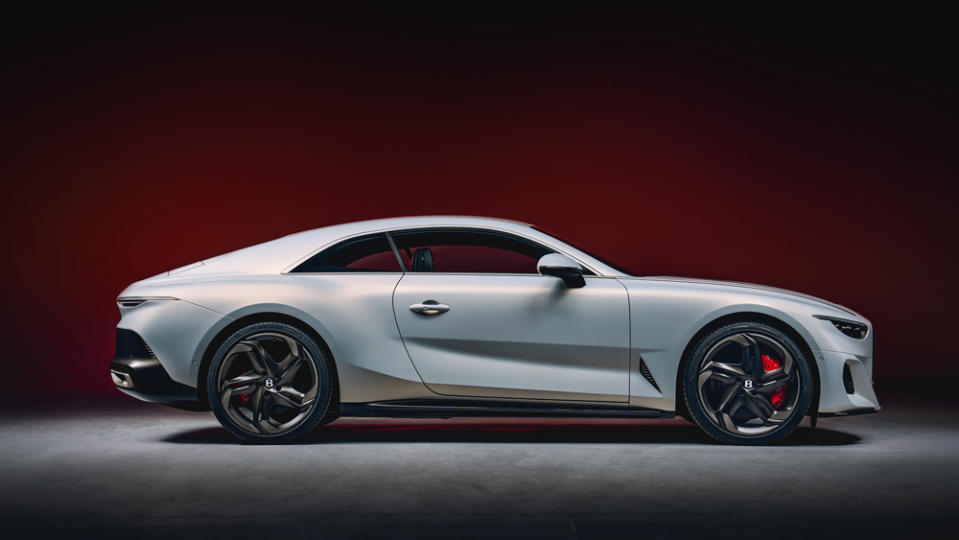
Bentley’s second W-12 tribute is even more exclusive. Only 18 examples of the Bentley Batur will be made, each priced at $2.1 million, and they’re already sold out. Hand-built by the marque’s Mulliner division, the two-door is a reimagined Continental GT—its sleek sheet metal viscerally and visually muscular and taut. Fittingly, this ultimate W-12 coupé will boast the most powerful iteration of the engine yet, boasting 730 hp and 737 ft lbs of torque, thanks to 33 percent larger air intakes and adjustments to the exhaust and cooling systems. As far as rarified releases, the hard-roofed Batur joins the open-air Bacalar (of which only a dozen examples were made available), and will be among the last to sing Bentley’s 12-cylinder soundtrack.
Click here for more photos of Bentley’s Rally Tribute to Its W-12 Engine.
Best of Robb Report
Sign up for Robb Report's Newsletter. For the latest news, follow us on Facebook, Twitter, and Instagram.


